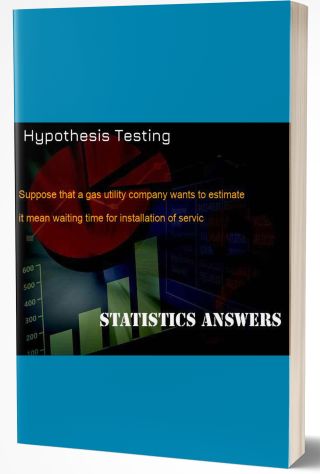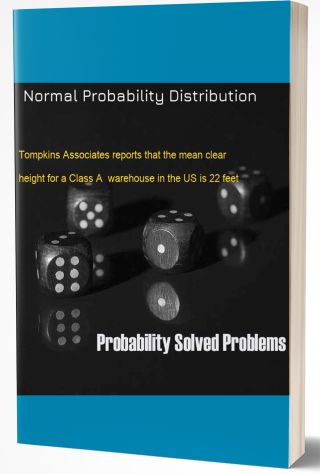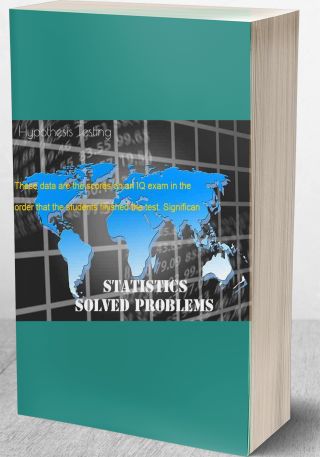Solution) A U.S. Census American Housing Survey studied how U.S. homeowners get to work (“How People Get to Wo
Question: A U.S. Census American Housing Survey studied how U.S. homeowners get to work (“How People Get to Work.” USA Today Snapshot, February 25, 2003, 1A). Suppose that the survey consisted of a sample of 1,000 homeowners and 1,000 renters.
A contingency table revealed the following results.
Drives to work Homeowner Renter Total
Yes 824 681 1,505
No 176 319 495
Total 1,000 1,000 2,000
a) What is the probability of selecting a respondent that drives to work or is a homeowner? What rule of probability applies here? (0.25 point)
b) Given that the respondent is a homeowner, what then is the probability that he or she drives to work? What rule of probability applies here?(0.25 point)
c) Are the two events, driving to work and whether the respondent is a homeowner or renter statistically independent? (0.25 point)
Deliverables: Word Document



![[Solved] On average, 70 percent of the passengers on a flight from San Francisco to Boston prefer chicken to #13659 Other Probability](/images/downloads-images/featured/Probability-question-9995.jpg)
![[Solution] At a self-service gas station, 40% of the customers pump regular gas, 35% pump migrate, and 25% pump #4976 Other Probability](/images/downloads-images/featured/Probability-question-20385.jpg)


